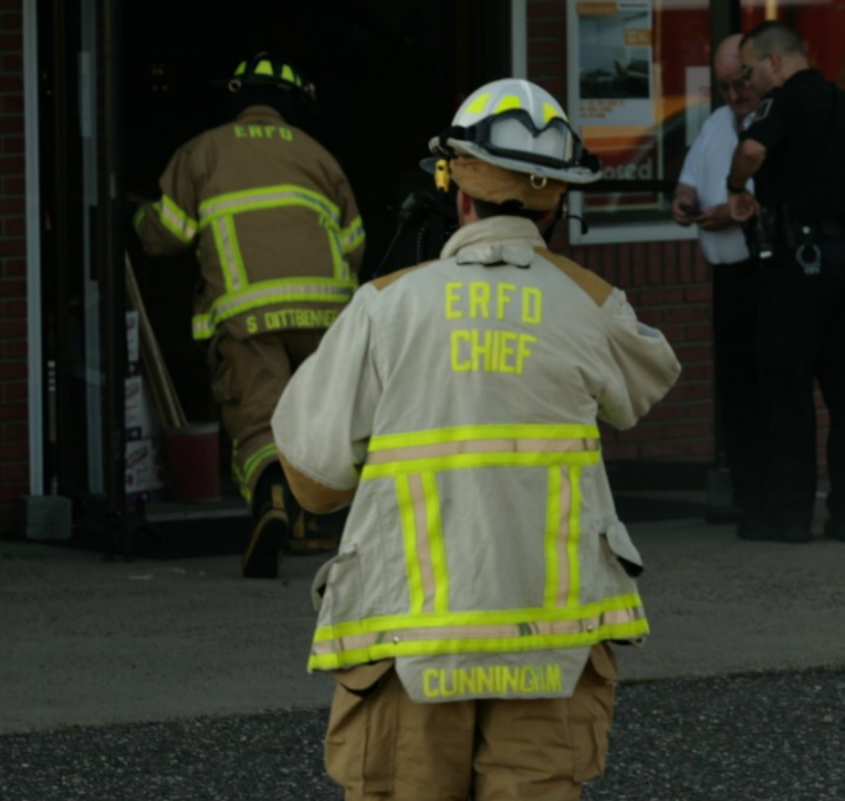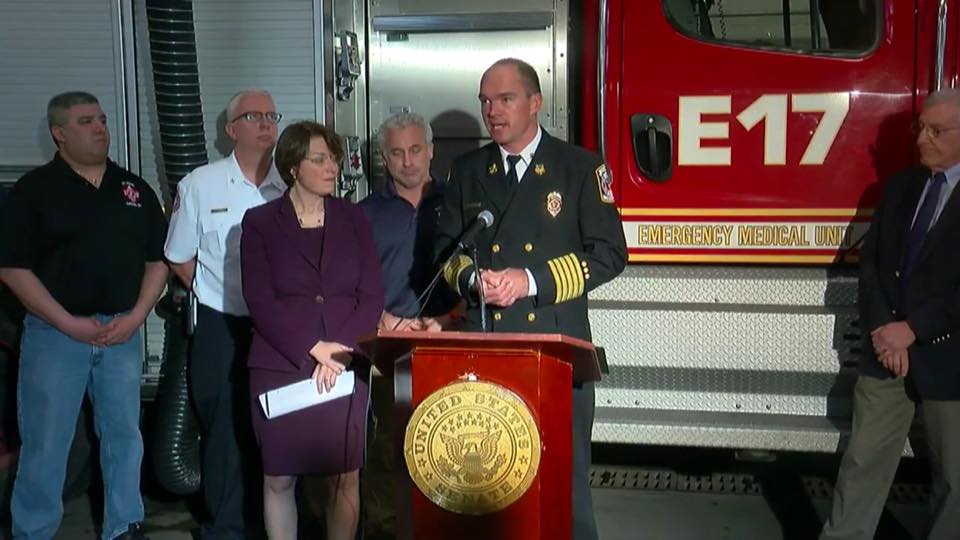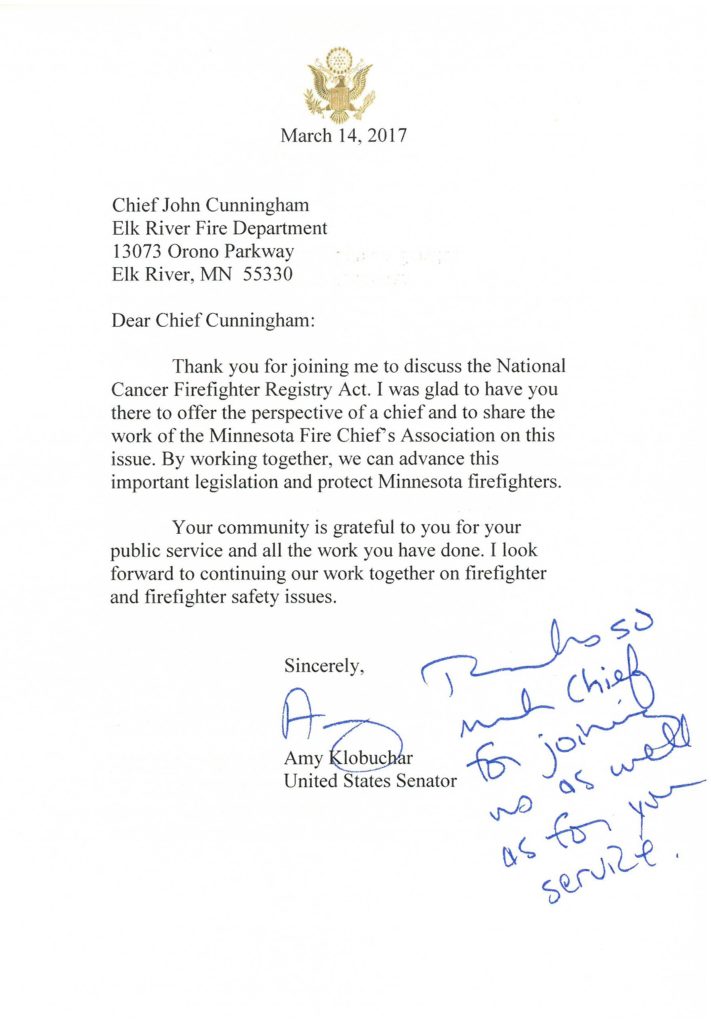The January/February edition of the Minnesota State Fire Chiefs Magazine is dedicated to discussing many of the emerging issues facing the Minnesota fire service specifically health, safety, wellness, and legislative advocacy. There is no denying that the fire service we know today is very different then in years past. While many of the challenges are not necessarily new, we have become more educated and aware of the significant issues that face our first responders. As leaders, we are leveraging the use of data and best practices to implement sound policies to help keep our people safe.
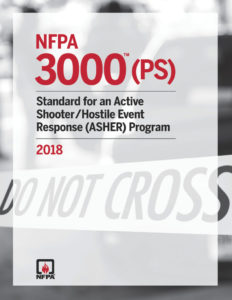
A retired fire chief recently stopped by my office and noticed the ballistic helmet and vest sitting on the counter. When I started my career in 1998, ballistic gear was not part of the personal protective equipment (PPE) list for firefighters; to be frank it wasn’t even on my list of wildest possibilities. Fast forward twenty-years and I am purchasing active shooter/hostile event equipment to ensure that our firefighters are properly equipped for responding to high-risk incidents. Our firefighters are cross training with law-enforcement on how to jointly respond to active shooter, post-blast, and other hostile incidents. Our mission of saving lives guides our decision to invest in the training and equipment to keep our people safe so that we can better respond to the myriad types of calls our firefighters are now facing.
Cancer, mental health, and cardiac disease have taken center stage on the growing list of issues facing the fire service. Through evidence-based research and data, we are learning that the risks associated with our profession are far greater than what I was taught in my orientation program in the 1990’s. Minnesota is not alone on sounding the alarm on recruitment and retention; a recent study in Pennsylvania calls it a “public safety crisis” and their state law makers are calling for action to address the findings of the study.
As we prepare for the upcoming legislative session, it is important that the Minnesota fire service actively works to educate our elected officials on the real issues and concerns we face on a daily basis. I am excited to welcome our new government relations firm, Lockridge Grindal Nauen, to our team.
On a national level, I encourage every chief to review the final draft of OSHA standard 1910.156, “Emergency Responder Preparedness Program Standard.” Formally the Fire brigades standard, the new language has sweeping changes to federal law that govern fire department operations. It is critical that fire chiefs become familiar with the proposed changes and monitor the progress as the new language is ultimately adopted.
My best wishes for a happy and healthy New Year!
Note: this article appeared in the January/February issue of the Minnesota State Fire Chiefs Association magazine. For other articles by leading fire service professionals, join the MSFCA today! Magazine memberships are available!
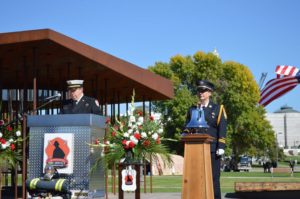 Discreetly tucked in along with conveyor belts, digital signage, and thousands of people traversing the baggage claim area hurrying to their final destination as loudspeakers screamed, “Mr. Smith, please report to Gate 22” at the Minneapolis/St. Paul Airport was a statue of great significance and honor. In 2011, a statewide initiative was launched to move the 19,000 pound monolith which measures 22’x28’. The statue paying tribute to Minnesota fallen firefighters would find its new home on the sacred memorial grounds of the Capitol.
Discreetly tucked in along with conveyor belts, digital signage, and thousands of people traversing the baggage claim area hurrying to their final destination as loudspeakers screamed, “Mr. Smith, please report to Gate 22” at the Minneapolis/St. Paul Airport was a statue of great significance and honor. In 2011, a statewide initiative was launched to move the 19,000 pound monolith which measures 22’x28’. The statue paying tribute to Minnesota fallen firefighters would find its new home on the sacred memorial grounds of the Capitol.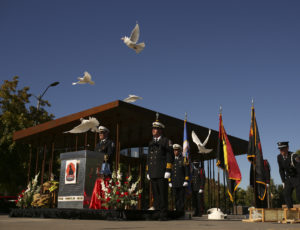
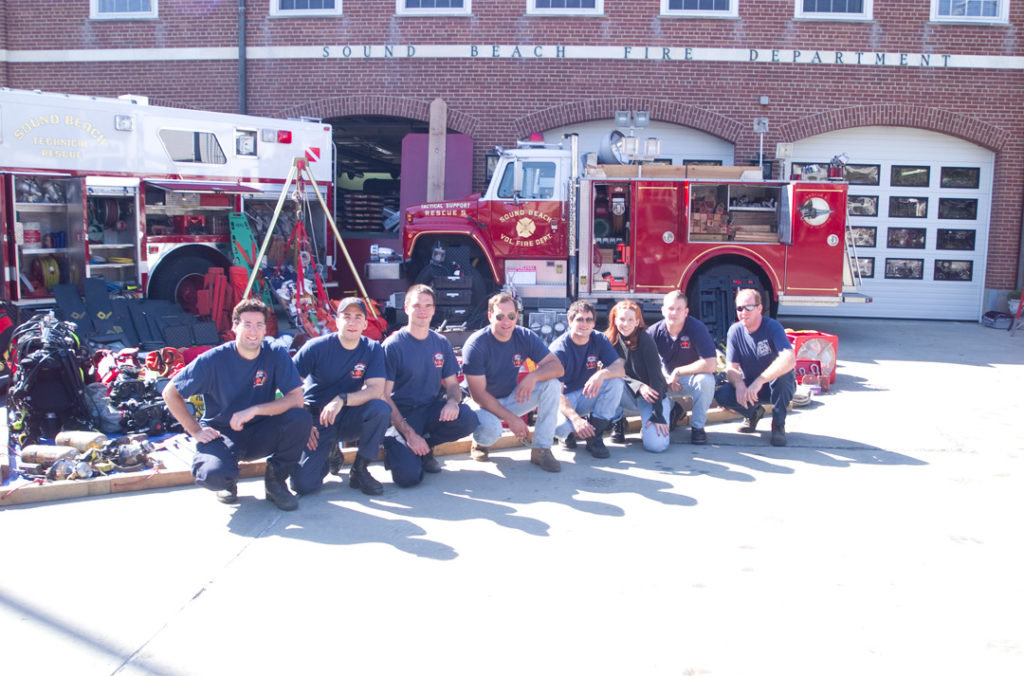
 As an instructor, I am always learning from the attendees in my each of my classes and enjoy the interaction we have on discussing issues impacting the fire service. As you may recall, my last article talked about the value of understanding the unique personality profiles of the members of your team and how you, as a leader, can use this information to build a successful team. To start of the class, we used the
As an instructor, I am always learning from the attendees in my each of my classes and enjoy the interaction we have on discussing issues impacting the fire service. As you may recall, my last article talked about the value of understanding the unique personality profiles of the members of your team and how you, as a leader, can use this information to build a successful team. To start of the class, we used the 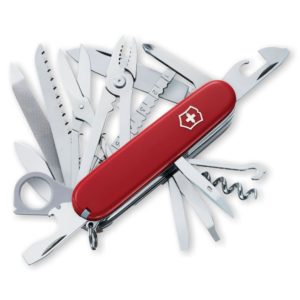 When I was younger, my father accepted a job as a senior executive at the Forschner Group, more commonly known as Victorinox, the manufacturer of the popular Swiss Army knife. When Christmas came around, I was beyond ecstatic when I unwrapped a brand-new SwissCamp, a multi-function tool that could solve any problem that presented itself. It had two knives, scissors, pliers, a file, wood saw, magnifying glass, and an assortment of other attachments. With its distinguished fire engine red color, Victorinox knives gained incredible brand recognition and market value. It was also “cool” to have one; mine even came engraved with my name. My multi-function compact toolbox never left my side.
When I was younger, my father accepted a job as a senior executive at the Forschner Group, more commonly known as Victorinox, the manufacturer of the popular Swiss Army knife. When Christmas came around, I was beyond ecstatic when I unwrapped a brand-new SwissCamp, a multi-function tool that could solve any problem that presented itself. It had two knives, scissors, pliers, a file, wood saw, magnifying glass, and an assortment of other attachments. With its distinguished fire engine red color, Victorinox knives gained incredible brand recognition and market value. It was also “cool” to have one; mine even came engraved with my name. My multi-function compact toolbox never left my side.
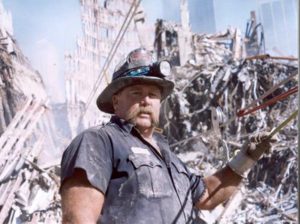 In January, 2011, three years after moving to Elk River from Connecticut, I had a chance to reconnect with many of the people I met that day in 2001. The reunion was a visit to see William “Billy” Quick, a 23-year FDNY veteran that led our team. He had developed lung disease as a result of working countless hours at Ground Zero and was confined to his house on oxygen, 24/7.
In January, 2011, three years after moving to Elk River from Connecticut, I had a chance to reconnect with many of the people I met that day in 2001. The reunion was a visit to see William “Billy” Quick, a 23-year FDNY veteran that led our team. He had developed lung disease as a result of working countless hours at Ground Zero and was confined to his house on oxygen, 24/7.
